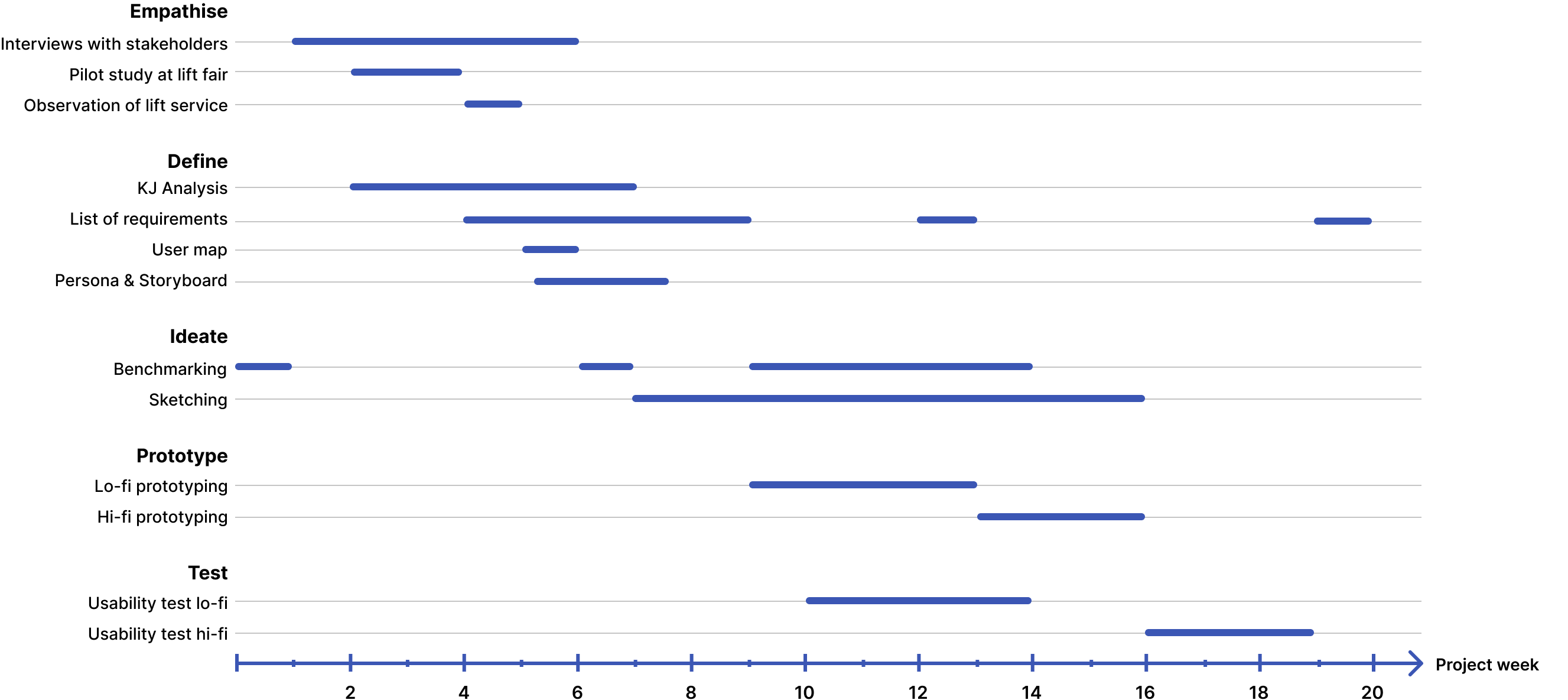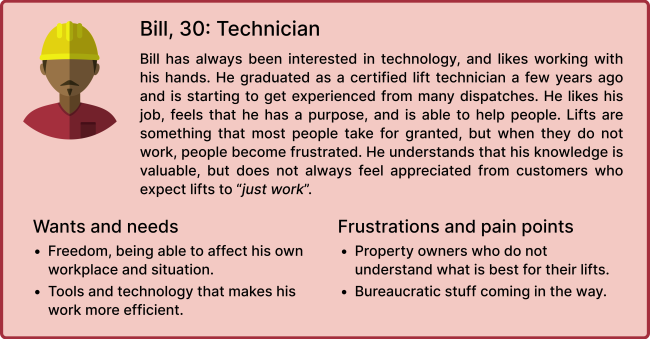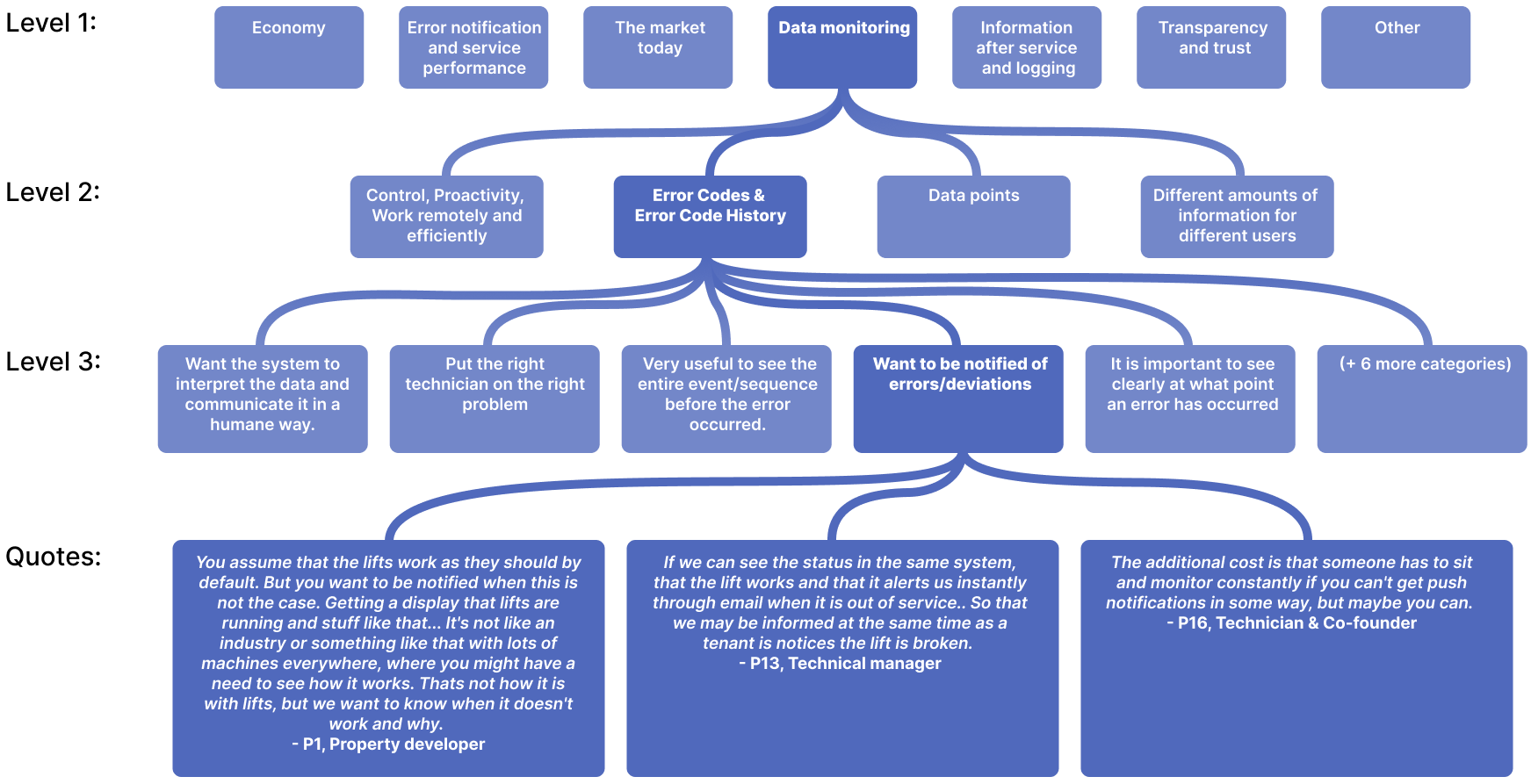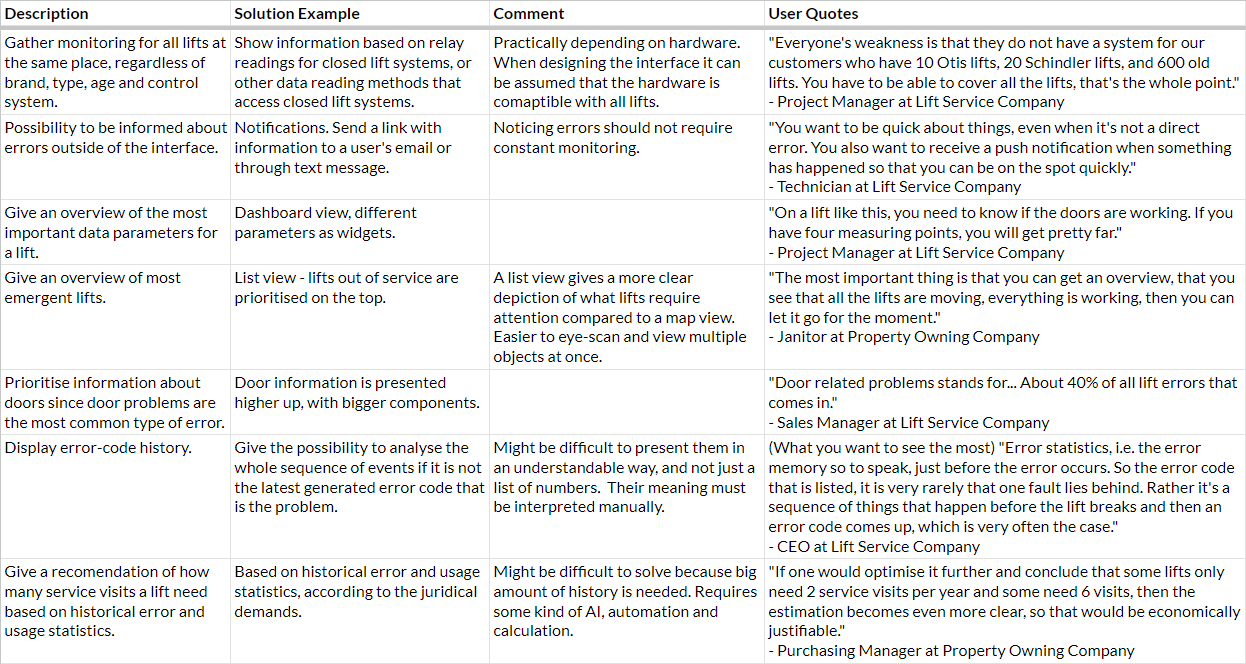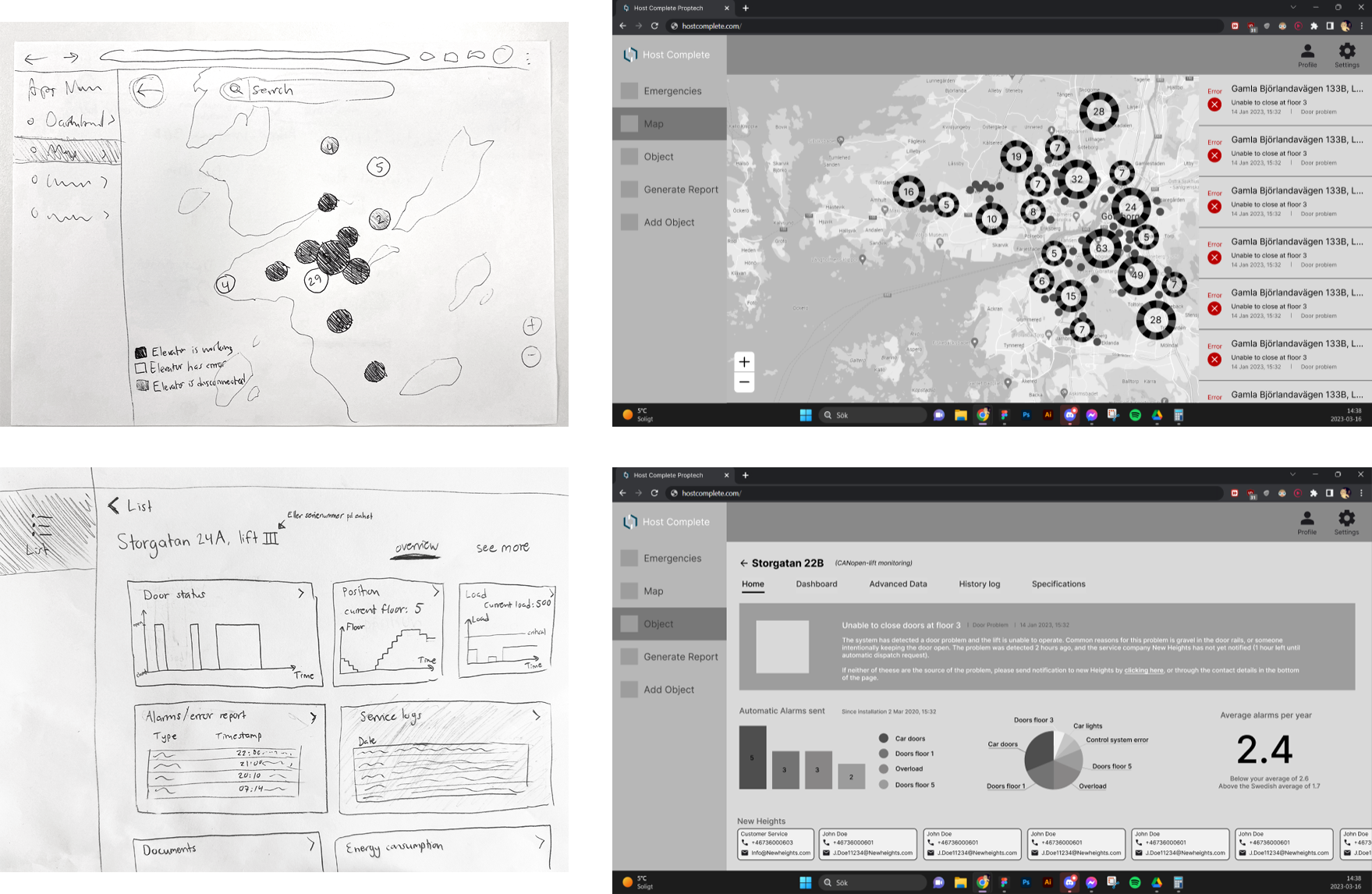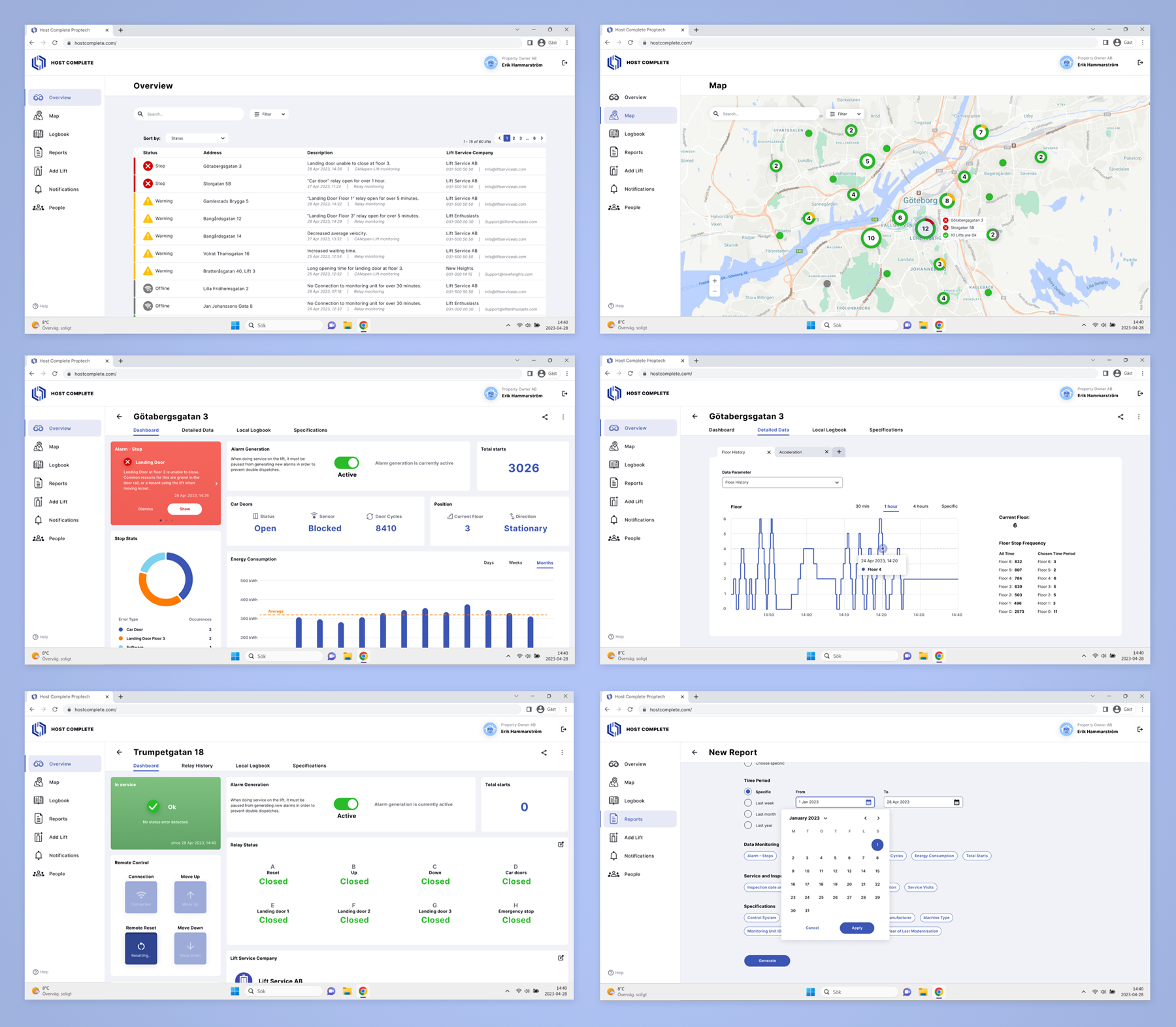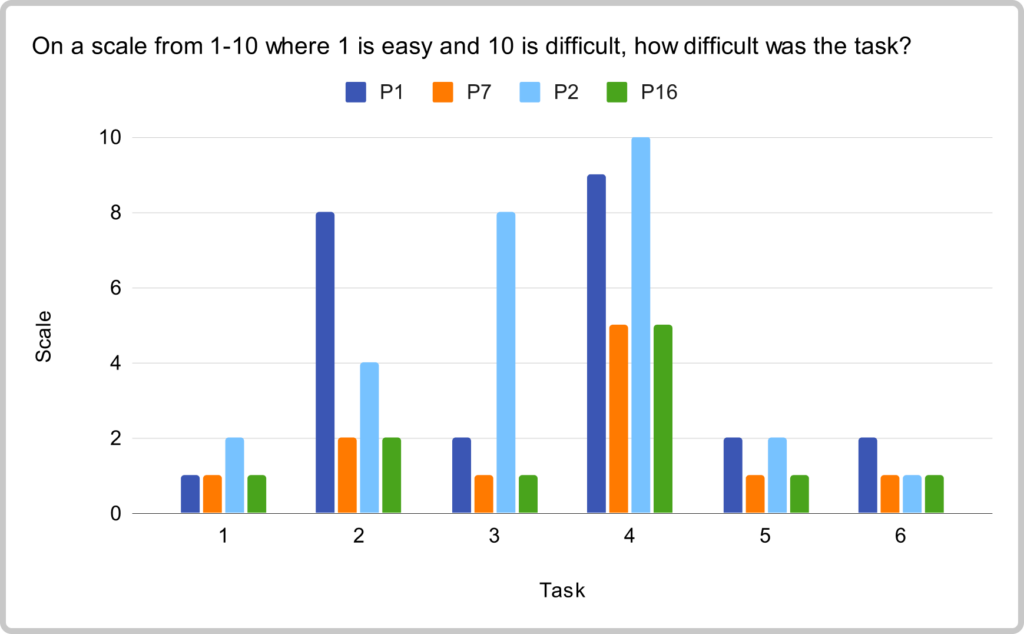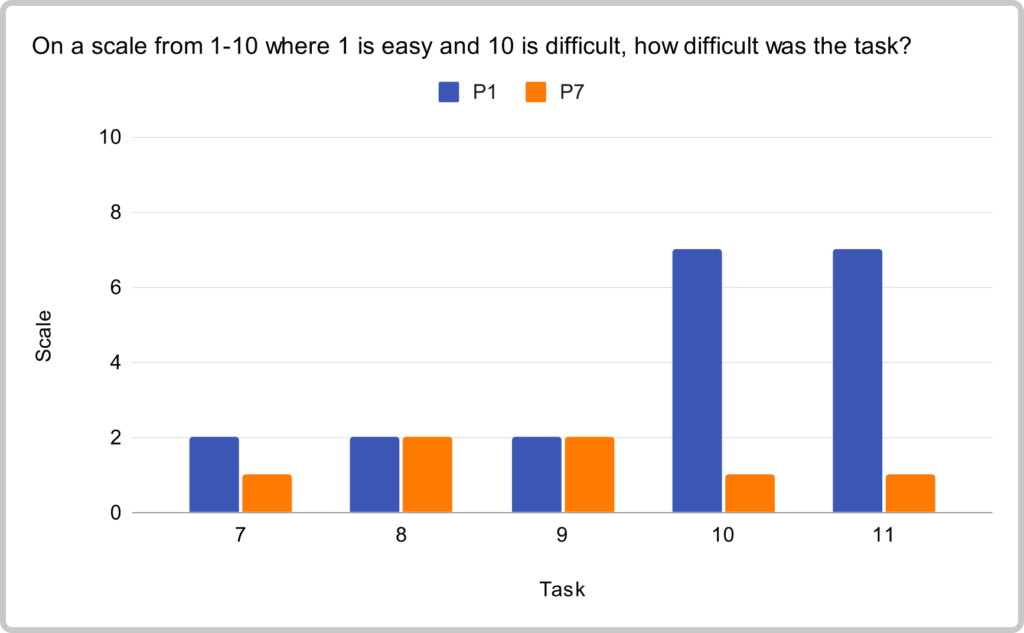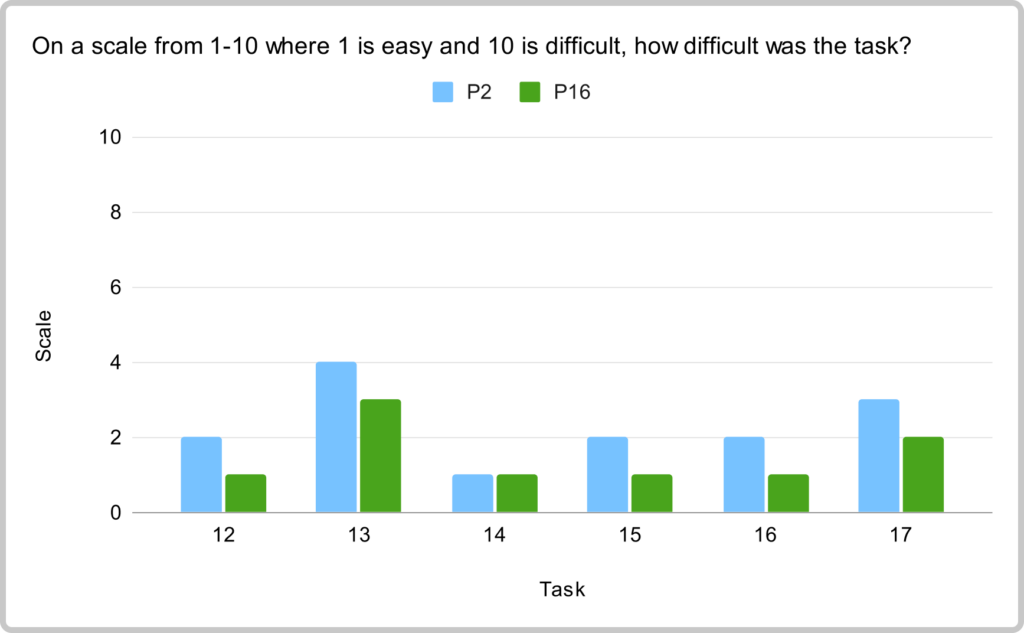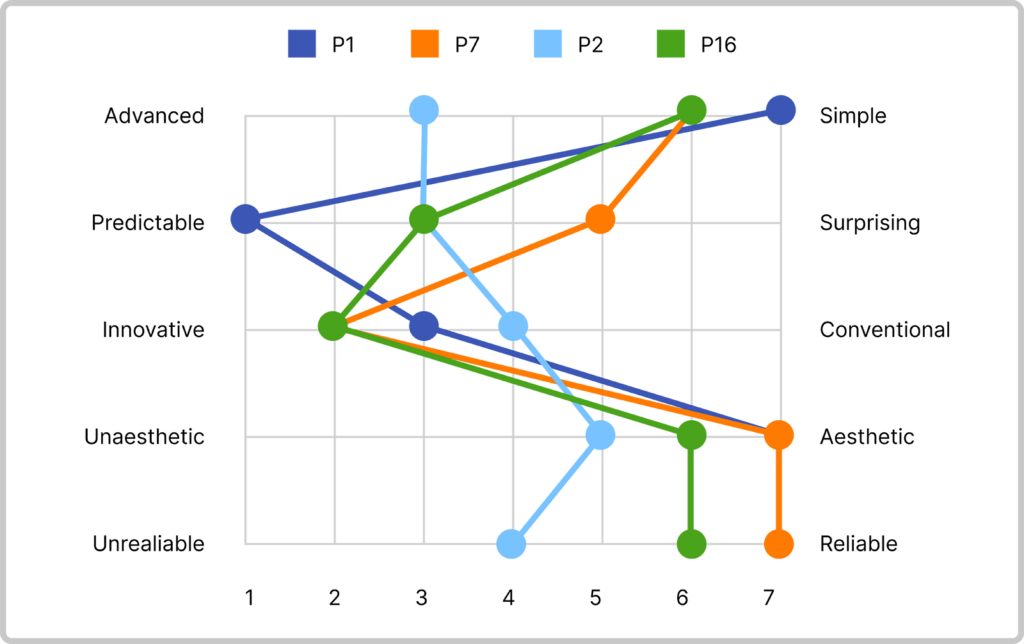Design of a desktop web-based lift monitoring interface. This was my Master’s thesis project that I carried out together with Jonathan Boström for the company called Host Mobility. The field of property technology is increasing, allowing optimising, monitoring and maximising efficiency for different parts of the property, but the lifts have fallen behind in the digitalisation of properties. During the master thesis, we researched the needs and requirements for property owners and lift service companies when it comes to a lift monitoring system. We did UX and UI design of the interface to fulfil the needs.
The full Master’s thesis can be found [Here]


